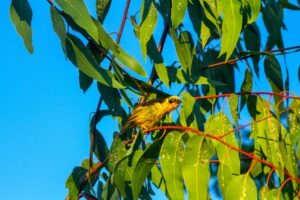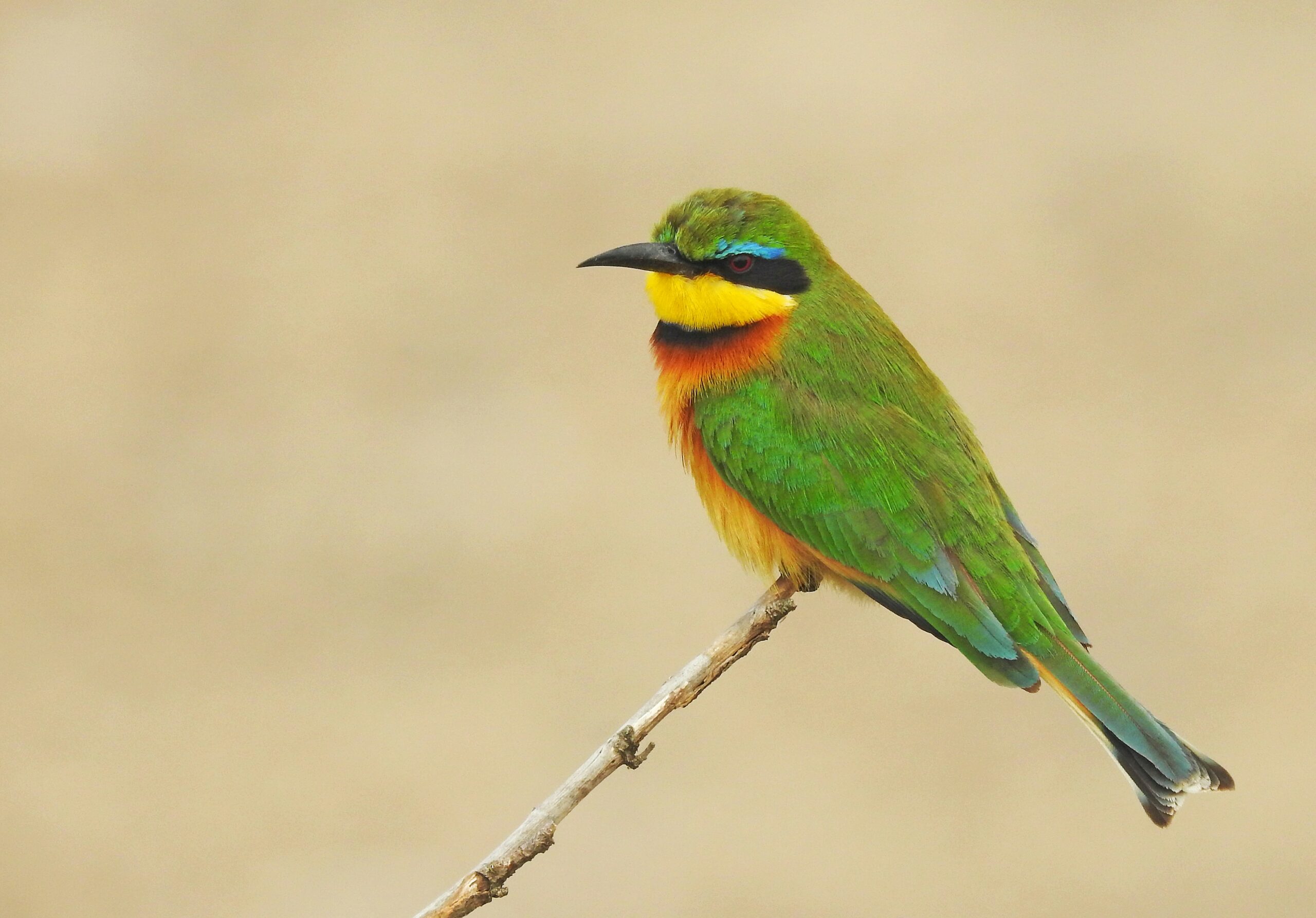Kenya, a land of breathtaking landscapes and iconic wildlife, is a photographer’s dream. From the sweeping savannas teeming with the Great Migration to the majestic peaks of Mount Kenya, every corner of this East African nation offers a stunning visual feast. But capturing the magic of a Kenyan safari requires more than just pointing and shooting. This guide provides essential photography tips to help you make the most of your adventure and return home with images that truly capture the spirit of Kenya.
Planning and Preparation: Setting the Stage for Success
Before you even set foot in the bush, careful planning is crucial for maximizing your photographic opportunities.
- Research Your Destination: Different parks offer different photographic opportunities. The Masai Mara is famous for the Great Migration, Amboseli for elephants against the backdrop of Kilimanjaro, and Lake Nakuru for its flamingos (seasonal). Understanding the unique features of your chosen location will help you anticipate and prepare for specific shots.
- Know Your Subject: Learn about the behavior of the animals you hope to photograph. Understanding their habits will help you predict their movements and position yourself for the best shots. For example, lions are most active at dawn and dusk, while many birds are easier to spot in the early morning.
- Pack the Right Gear: Having the appropriate equipment is essential. A good DSLR or mirrorless camera with a telephoto lens is ideal for wildlife photography. Consider a lens with a focal length of at least 200mm, and preferably longer (400mm or more) for capturing close-ups of distant animals. A wide-angle lens is useful for landscape shots. Don’t forget extra batteries, memory cards, a sturdy tripod, and a camera bag to protect your equipment from dust and bumps.
- Practice Before You Go: Familiarize yourself with your camera settings before your trip. Practice shooting in different modes (aperture priority, shutter priority, manual) and experiment with different settings to see how they affect your images. The more comfortable you are with your camera, the more likely you are to capture the shots you want when the action unfolds.

In the Field: Embracing the Safari Experience
Once you’re on safari, these tips will help you capture the magic of Kenya:
- The Early Bird Catches the Worm (and the Best Light): The golden hours – just after sunrise and before sunset – offer the best light for photography. The soft, warm light creates beautiful shadows and highlights, adding depth and drama to your images. Wildlife is also generally more active during these cooler parts of the day.
- Patience is Key: Wildlife photography requires patience. Sometimes you’ll have to wait for hours for the perfect shot. Be prepared to wait, observe, and anticipate the moment. The rewards of patience are often well worth the wait.
- Respect the Wildlife: Maintain a safe and respectful distance from the animals. Your safety and the well-being of the wildlife should always be your top priority. Listen to your guide’s instructions and never attempt to approach or disturb the animals.
- Use Your Guide’s Expertise: Your safari guide is a wealth of knowledge about the local wildlife and environment. They can help you locate animals, predict their movements, and position yourself for the best shots. Don’t hesitate to ask your guide for advice and assistance.
- Capture the Context: Don’t just focus on close-ups. Include the environment in your shots to tell the story of the safari. Wide-angle shots of the landscape with animals in the distance can be just as impactful as close-ups.
- Look for Unique Perspectives: Try to find different angles and perspectives to make your photos stand out. Get down low, shoot from above (if possible), or use natural elements like trees or foliage to frame your shots.
- Focus on the Eyes: The eyes are the window to the soul. Sharp focus on the animal’s eyes will make your portraits more engaging and captivating.
- Don’t Forget the Details: Pay attention to the small details that make each animal unique. A close-up of a lion’s paw, an elephant’s wrinkled skin, or a bird’s colorful plumage can be just as interesting as a full-body shot.
- Shoot in RAW: If your camera allows, shoot in RAW format. This will give you more flexibility when editing your photos later.
- Backup Your Photos: Make sure to back up your photos regularly, either to a laptop, external hard drive, or cloud storage. You don’t want to lose your precious memories!
Post-Processing: The Final Touch
After your safari, post-processing can help you enhance your images and bring out their full potential.
- Editing Software: Use photo editing software like Adobe Lightroom or Photoshop to adjust exposure, contrast, white balance, and sharpness.
- Crop for Composition: Cropping can help you improve the composition of your photos and draw attention to the most important elements.
- Enhance Colors: Adjust the colors to make them more vibrant and true to life.
- Sharpening: Sharpen your images to make them look crisp and detailed.
Sharing Your Safari Story:
Once you’ve edited your photos, share them with the world! Create a photo album, share them on social media, or even enter them in photography contests. Your photos can help inspire others to experience the magic of Kenya and contribute to conservation efforts.
By following these tips, you’ll be well-equipped to capture the beauty and wonder of your Kenyan safari adventure. Remember to be patient, respectful, and enjoy the experience. The memories and images you bring home will be treasures you’ll cherish for a lifetime.


